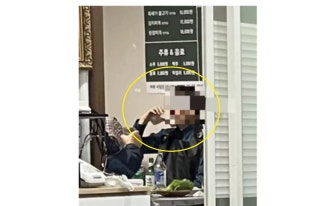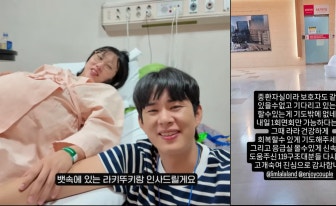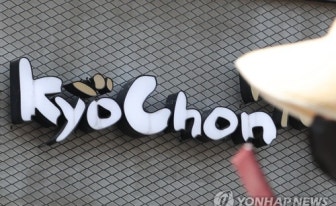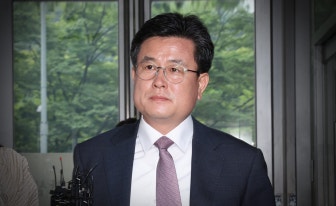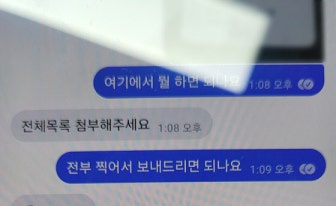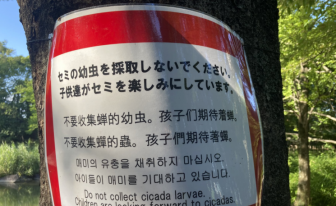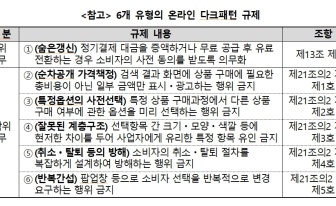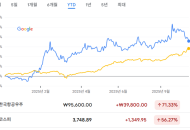With the growing popularity of K-beauty, home-use beauty devices are gaining traction, prompting both domestic and global beauty companies to ramp up the release and promotion of such products.
“It’s not quite on par with dermatology clinics, but it’s convenient because I can do skincare whenever I want at a reasonable price,” said Lee, a 35-year-old office worker, who recently purchased the Madeca Prime Infinity beauty device from Centellian24, a derma-cosmetic brand by Dongkook Pharmaceutical.
“If I see visible results after consistent use, I’d even consider buying a more expensive model.”
One fast mover is APR, Korea’s largest beauty firm by market capitalization, which announced Wednesday that cumulative global sales for its beauty device brand Medicube AGE-R surpassed 5 million units as of September.
The milestone comes four years and six months after the launch of AGE-R’s first product, the Derma EMS Shot, in March 2021. The device, which stimulates facial muscles to help reduce puffiness, is one of several home-use beauty gadgets offered by the brand.
Sales of AGE-R devices have been accelerating steadily. After hitting 3 million units in December 2023, the brand reached 4 million by the end of May 2024, and added another million in just four months, reaching 5 million by the end of September.
Much of this growth has come from overseas markets. “More than half of our cumulative sales come from international customers,” an APR spokesperson said, citing notable revenue increases after entering U.S. cosmetics retail chain Ulta Beauty and Japanese e-commerce platform Qoo10 Japan.
In the first half of 2025, APR’s overseas revenue totaled 443.8 billion won ($310.3 million), accounting for 75 percent of its overall sales. In the second quarter alone, overseas business brought in 255.6 billion won — a 231 percent increase compared to last year — making up 78 percent of total revenue.
The rise of home-use beauty devices is part of a broader global trend. According to a report published last year by Samil PwC, the global market for such devices is projected to grow from $14 billion in 2022 to $89.8 billion by 2030, representing an average annual growth rate of 26.1 percent.
French cosmetics giant L’Oreal has also entered the market. In early October, its flagship brand Lancome launched the Nano Resurfacer 400 Booster, a beauty device equipped with 400 ultrafine microneedles designed to enhance skincare absorption.
Korean beauty giants are also expanding their presence in the sector. Amorepacific’s AI-powered beauty device brand makeON saw its sales rise 149 percent year-on-year between January and September. In September, it unveiled its LED mask Onface at IFA 2025, Europe’s largest consumer electronics trade show. The device is scheduled for official release in Korea next month.
LG Household & Health Care, which recently acquired the LG Pra.L brand, has launched new products such as the LG Pra.L Super-foam Galvanic Booster. After debuting on Amazon, the device ranked No. 1 in the wrinkle and antiaging devices category on the platform’s Hot New Releases chart in the third week of October.
“The biggest strength of home beauty devices is that they allow consumers to manage their skin at home, saving time and money,” said an industry insider. “Coupled with the K-beauty boom, these devices have become especially popular among international consumers.”
This article was originally written in Korean and translated by a bilingual reporter with the help of generative AI tools. It was then edited by a native English-speaking editor. All AI-assisted translations are reviewed and refined by our newsroom.
![A visitor tries out APR's beauty products during the CES 2025 tech fair held in Las Vegas on Jan. 12. [APR]](https://imgnews.pstatic.net/image/640/2025/10/22/0000078680_001_20251022183018471.jpg?type=w860)


















